Slip and fall accidents are a common cause of injury in the United States. While ‘slip and fall’ are often used as a generic term, it is also a legal term used to describe a particular kind of case. These cases deal with scenarios in which a person is hurt and suffers an injury due to the negligence or lack of care of the other party—whether it be a restaurant, store, property owner, etc. In some people’s minds, slip and fall might refer to a simple ‘oops’ moment slip-on-a-banana-peel fall, but the truth is that many people suffer substantial and sometimes life-altering injuries. Most people might be surprised to find out how prevalent these cases can be, as many of them do settle out of court. We thought we’d take a look in more detail on what these cases involved, examples of real-life cases, and the consequences that might come with each.
Slip and fall cases normally fall under the broader term of premises liability cases, which we discussed in a previous post. Yet, these types of cases refer more specifically to injuries obtained in a private or public establishment because of negligence or carelessness from the person in charge.
According to the Center for Disease Control and Prevention, the average hospital cost of a slip and fall is more than $30,000. This can be a devastating cost for any family or individual. On top of the monetary loss, these falls can very often involve long-lasting or long-term injuries that alter an individual’s lifestyle and ability to return to work.
Common locations for slip and fall accidents include:
- Slippery floors due to wetness, spills, mud, snow, sleet, rain
- Cluttered hallways aisles and other walkways
- Staircases and ramps
- Uneven surfaces such as potholes or unfinished flooring
- Poorly lit areas
- Ladders and scaffolding
Establishing Negligence and Liability
When it comes to these types of cases, the important thing is to establish that the property owner, or person in charge of the premises, must have failed to act as a reasonably prudent individual would have in that situation. There are a couple of factors that are often considered in these types of cases:
- Whether the condition that caused the accident was present for a long enough period of time that a reasonable property owner would have otherwise taken steps to eliminate this condition.
- Whether there is a policy in place for the property owner to continually and routinely check for potential hazards or dangerous conditions.
- Whether a reasonable justification existed for that dangerous situation or hazard.
Examples of Real Life Slip and Fall Cases
One often-cited example was the case of George Wallace. One reason this case made it to public view is that it went to court and involved the well-known comedian. In 2007, Wallace was performing at an event at the Bellagio Casino in Las Vegas, Nevada. While he was on stage, he became entangled with the onstage audio wiring that had not been properly secured. Becoming entangled caused him to fall and injure his Achilles tendon, an often devastating injury. Wallace was sixty years old at the time, which meant that recovering from an injury like this was a little more complicated and he claimed that the fall had left him ‘permanently hobbled.’ The case made it all the way to court and a civil jury sided with Wallace and awarded him $1.3 million with 1.2 million for lost income.
Another major slip and fall judgment of the past couple of years involved one of the U.S major companies and retailers, Walmart. A truck driver that worked for the major retailer, Holly Averyt, was making a delivery to the Greeley Walmart location. There happened to be a leak of grease and ice that had been accumulating for the past several days from the store’s deli section; there was a big overflow of slippery grease in the truck ramp and delivery area where Ms. Averyt was making her delivery. Her slip and fall led to three spinal surgeries and an inability to return to work. Her medical bills went up to $500,000. The case made it to court and because of some records of previous grease spills, among other things, the Colorado Supreme Court ruled and awarded Avery $15 million.
In 2013, a former student was awarded $11.6 million settlement from a slip and fall personal injury case. Lorna Bernhot, a college junior at the time of the accident, fell through the fourth floor of a house in which she was attending a party. The hole had previously been a skylight and was covered by a piece of plywood and carpeting.
Get the Right Representation With Aranda Law Firm
Regardless of the type and degree of injury that you received, if you suffered an injury due to the fault or negligence of someone else, you might be liable to receive compensation for those injuries. It’s important to talk to an experienced attorney that can advise you as to the best approach to your case and can guide you through the difficult legal process. We’re here to help and here to back you up. Call Aranda Law Firm today.
